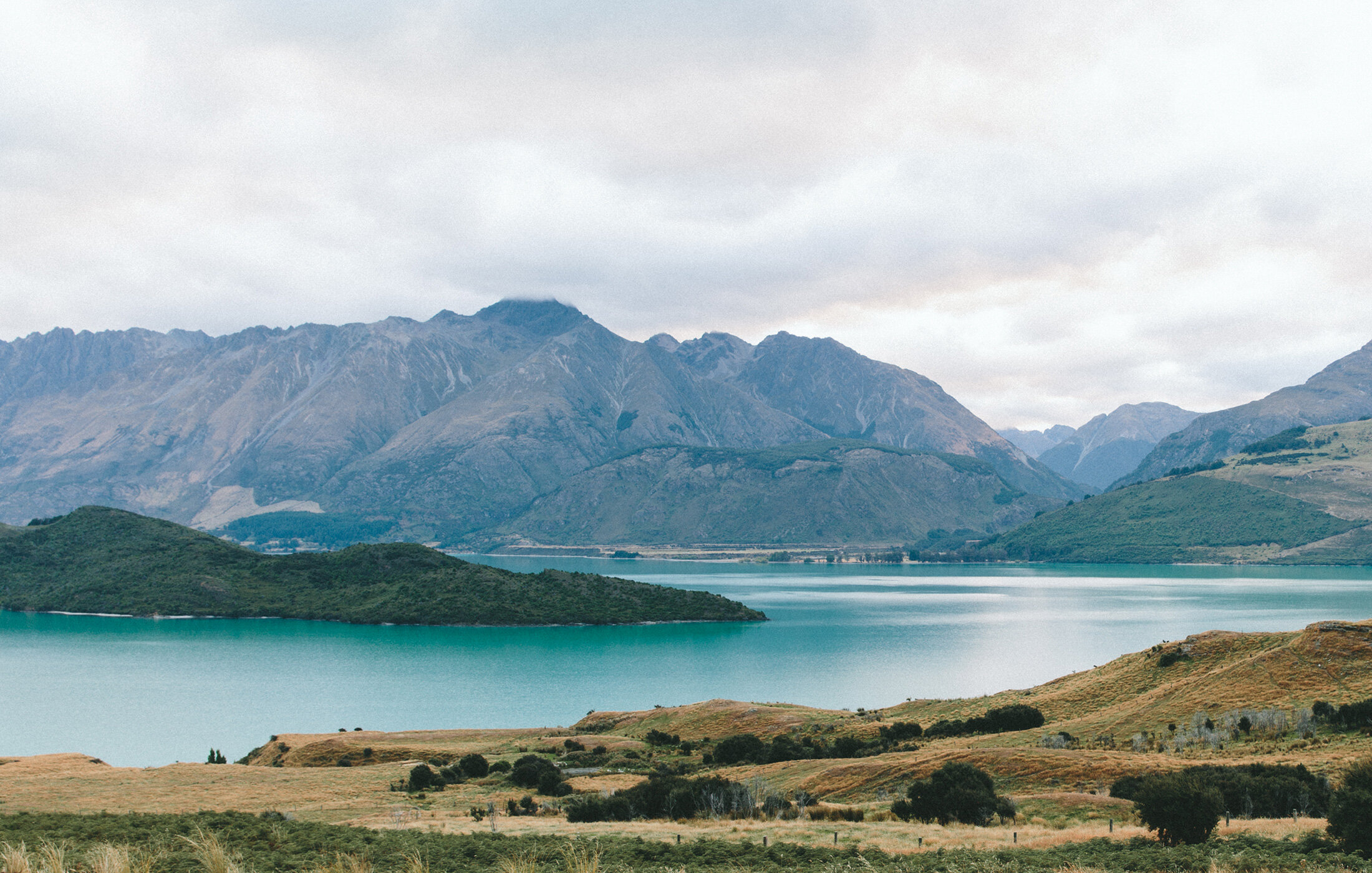South Shore HVAC
SEO blog post with energy-savings tips on home weatherizing.
seo blog post
Step-by-Step DIY Weatherization (Plus Tips for Energy Savings)
When it comes to weatherizing your home, it’s all upside.
Putting in a bit of effort and making a few changes around your house can help you to stay more comfortable throughout the seasons– and save on energy bills.
What is Weatherization?
Weatherization (sometimes called weatherproofing) is the process of making repairs or upgrades to your home in order to protect it from outside elements– elements like cold or hot air, moisture, humidity, and rain or snow.
Under the Department of Energy’s Weatherization Assistance Program, non-weather related improvements that increase energy efficiency, like switching to a low-flow shower head, also fall into the category of weatherization.
Chances are, you’ve already done some weatherizing in your home at some point, even if you didn’t realize it.
Ever replaced an old lightbulb with a more efficient LED bulb? Installed a programmable thermostat? Sealed up a drafty window? These are all examples of weatherization.
DIY Weatherization: A Strategic Approach
Optimizing your home for energy efficiency and weather protection is one of those things you can really run with, if you have the interest and the resources.
The possibilities are endless – think upgrading your entire heating system, installing air barriers and solar panels galore, and even going eco-friendly with local lumber. All of these ideas and more can be found in Fine Homebuilding’s “Energy Efficient Houses” list, which showcases energy-efficient homes across the country.
For even more inspiration, check out TechHive’s virtual tour of America’s most energy-efficient home.
The reality? Most people aren’t looking to spend a ton on energy-saving upgrades. They’re looking to save money by cutting energy bills and preventing the need for costly repairs later.
Fortunately, a DIY (do-it-yourself) approach to weatherizing can be surprisingly effective and affordable. You might be able to save some money each month with a few quick projects around the house.
Like most home projects, it’s best to go in with a plan for weatherization. Here are some tips to help you on your journey to optimal comfort and energy efficiency:
Figure out your budget.
For just about every issue, you’ll have options for repairing and upgrading– options that vary in price. Having a budget in mind will help you create a doable plan that will address all weatherizing needs without breaking the bank.
Look into tax rebates and incentives for weatherization.
The 2022 Inflation Reduction Act includes tax credits and refunds aimed at helping people across the country reduce their energy use. Credits may be available for general weatherization, appliance upgrades, rooftop solar panels and more. Your state may also have programs available, including weatherization assistance programs.
Consider hiring HVAC professionals for a check-up.
It doesn’t sound very DIY, but hiring a pro to check out your home for a routine maintenance visit can help you save money and time.
Your home’s heating and cooling systems are the key players in energy efficiency and all-season comfort. If there’s a problem with your HVAC system, you might be fighting a losing battle with DIY weatherization– and only a pro will be able to really identify system issues and what’s causing them.
Here’s an example: If your AC condenser is dying and your AC is under-performing, you can keep running it and seal up all the windows all you want, but eventually, the condenser will die– likely on a hot day when it’s working the hardest- and you’ll have to pay for a new one or repair (probably at a higher cost for an emergency appointment). Instead of sealing your windows, your time and efforts would have been better spent on replacing or repairing the condenser before it completely stopped working.
Getting HVAC professionals out to check on your systems and make sure there’s not any major ongoing problems can give you peace of mind and ensure your weatherization plans will be effective.
Plus, during the appointment, they’ll perform routine maintenance tasks (like changing filters) and can give recommendations for DIY weatherization improvements. (Here’s more information on what to expect from an HVAC maintenance appointment)
Get organized.
Take the HVAC professional’s recommendations (along with the checklist below), and go room-to-room in your house, making a list of every weatherization task that needs to be tackled. Then make a master list of all of the supplies you’ll need.
Take action.
With your to-do list and supplies ready, it’s time to weatherize. Whether you plan to get everything done in a weekend, or complete tasks as you have the time, make sure the most important items are finished before any harsh weather.
Weatherization Checklist
Your weatherization needs will depend on your home and location, among other factors. But common low-cost weatherizing to-dos include:
Caulking any air leaks
Weatherstripping windows and doors
Lowering the temperature of your hot water heater
Insulating your hot water heater
Insulating hot water pipes
Sealing and insulating ducts
Step-by-step instructions for these DIY tasks can be found on the Department of Energy’s website.
If you’re looking to make an investment in long-term weatherizing savings, you might also consider:
Upgrading light bulbs to LED or high-efficiency bulbs
Replacing very inefficient heating/cooling systems or components
Replacing inefficient appliances
Solar panels (depending on location/power needs– for more info, check out this Solar Power Guide)
Insulating and air sealing the floors in your unheated garage
Insulating your attic
Upgrading to curtains or blinds that provide insulation
Switching to a programmable or “smart” thermostat
After Weatherizing: The Follow Up
You’ve put in the work – now it’s time to run the data. Check in with your energy bills to see if the savings are what you were expecting. If possible, compare them with bills from the same month of previous years.
If your savings are in line (or exceeding) your expectations, it may be worthwhile to think about other energy-saving projects or upgrades.
If you’re not seeing any impact on your energy costs, it might be time to call in a professional. There might be a bigger issue with the systems in your home, or you might need to make changes to your weatherization plans.

